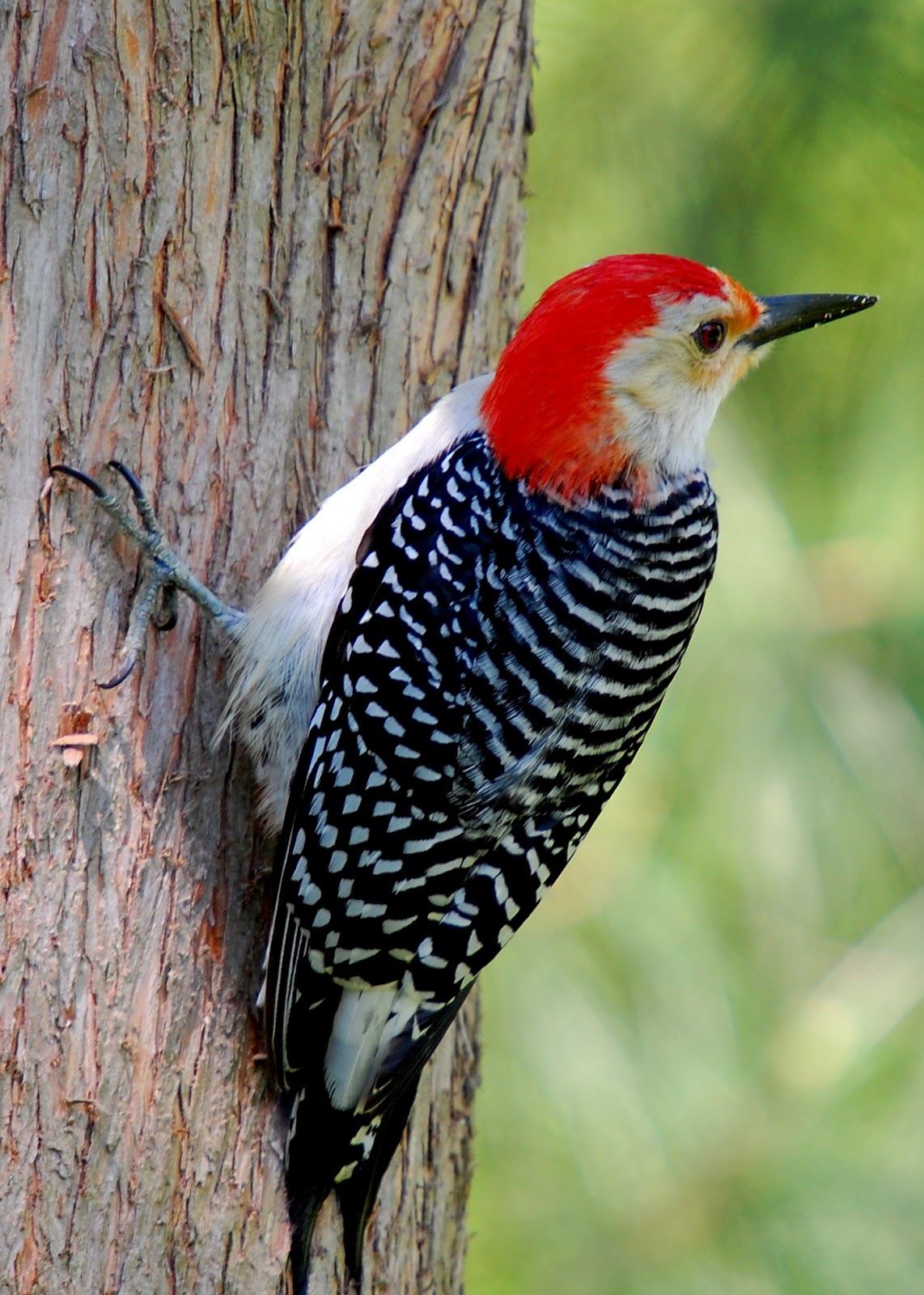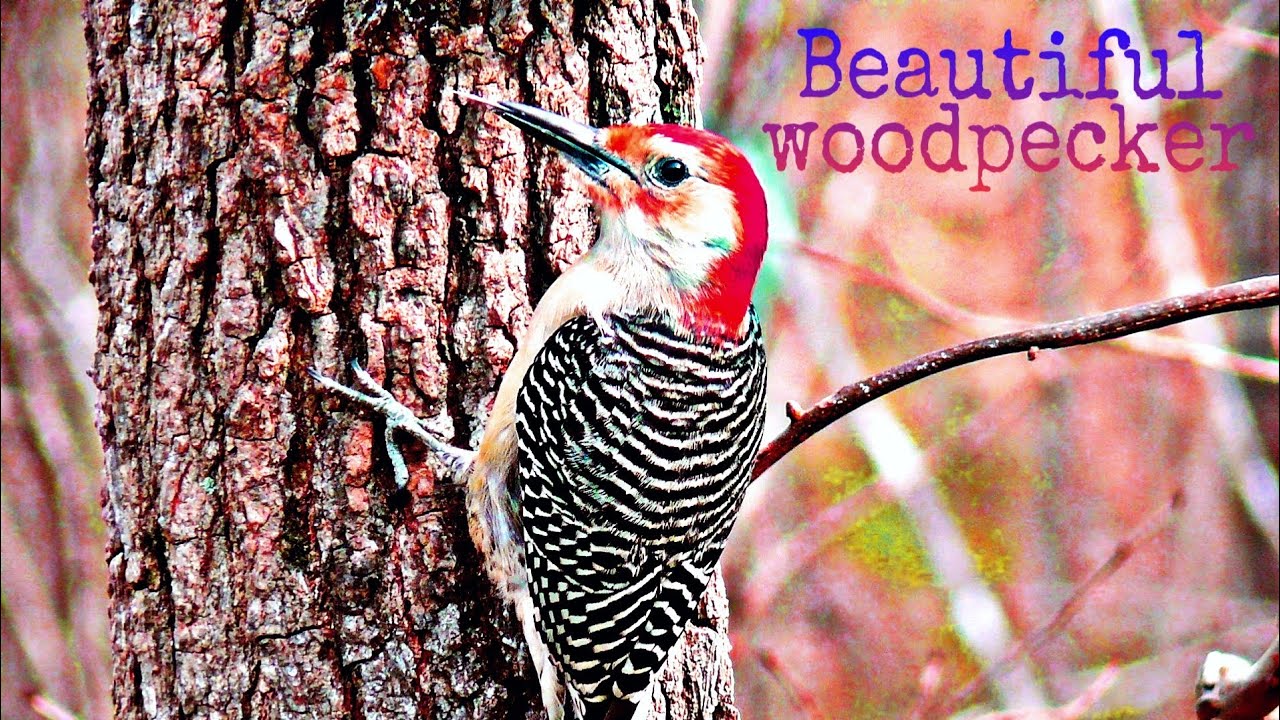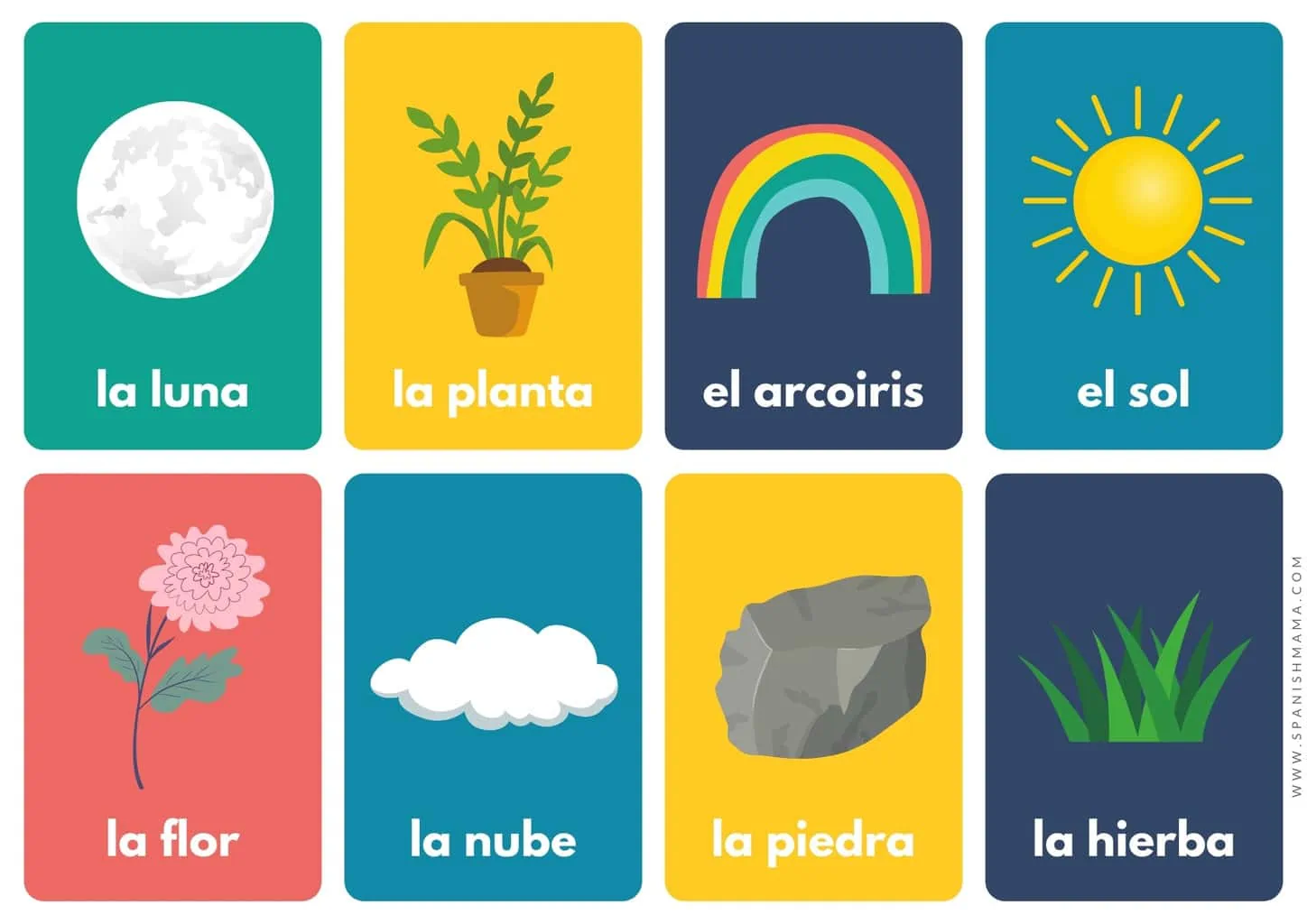Stunning Woodpecker Photos: Explore Nature's Beauty

<!DOCTYPE html>
Nature’s beauty is boundless, and one of its most captivating creatures is the woodpecker. With their vibrant plumage, unique behaviors, and vital role in ecosystems, woodpeckers are a photographer’s dream. Whether you’re an avid birdwatcher or simply appreciate stunning wildlife photography, these woodpecker photos will leave you in awe. Let’s dive into the world of woodpeckers and discover why they’re a must-see for nature enthusiasts.
Why Woodpeckers Are Nature’s Masterpieces

Woodpeckers are not just birds; they are symbols of resilience and adaptability. Their ability to drill into trees with precision is a marvel of nature. Below are some reasons why woodpeckers stand out:
- Unique Adaptations: Their strong beaks and shock-absorbing skulls allow them to peck wood without injury.
- Ecological Role: They help control insect populations and create nesting sites for other birds.
- Striking Colors: Species like the Red-bellied Woodpecker and Pileated Woodpecker boast vibrant hues that make for incredible photos.
For those interested in bird photography, woodpeckers offer endless opportunities to capture their dynamic behaviors and stunning appearances, (bird photography tips, wildlife photography, nature photography)
Top Woodpecker Species to Photograph

Not all woodpeckers are alike. Here are some of the most photogenic species you’ll want to add to your birdwatching list:
| Species | Distinctive Features | Habitat |
|---|---|---|
| Pileated Woodpecker | Bright red crest, large size | Forests of North America |
| Red-bellied Woodpecker | Zebra-striped back, pale red belly | Eastern United States |
| Acorn Woodpecker | Clown-like face, black and white plumage | Western United States, Central America |

Each species has its own charm, making them perfect subjects for stunning woodpecker photos (woodpecker species, birdwatching spots, wildlife conservation)
Tips for Capturing Stunning Woodpecker Photos

Photographing woodpeckers requires patience and the right techniques. Here are some tips to help you get the perfect shot:
- Use a Telephoto Lens: Woodpeckers are often wary of humans, so a telephoto lens allows you to maintain distance while capturing detail.
- Visit the Right Locations: Research woodpecker habitats and visit during early morning or late afternoon for the best lighting.
- Be Patient: Woodpeckers are active but can be elusive. Spend time observing their patterns to anticipate their movements.
📸 Note: Always prioritize the bird’s well-being. Avoid disturbing their natural behavior while photographing.
Woodpeckers and Their Role in Ecosystems

Beyond their beauty, woodpeckers play a crucial role in maintaining healthy ecosystems. By drilling into trees, they create cavities that serve as homes for other animals. Additionally, their diet of insects helps keep pest populations in check. Supporting wildlife conservation efforts ensures these birds continue to thrive for generations to come. (ecosystem conservation, bird habitats, environmental protection)
Where to Find Woodpeckers for Photography

If you’re eager to photograph woodpeckers, here are some prime locations to spot them:
- National Parks: Places like Yellowstone and Great Smoky Mountains are hotspots for woodpecker sightings.
- Wooded Areas: Look for mature forests with dead or decaying trees, as woodpeckers are often found here.
- Backyard Feeders: Setting up suet feeders can attract woodpeckers to your own backyard.
With the right approach, you can capture stunning woodpecker photos that showcase their beauty and importance. (birdwatching locations, nature reserves, photography spots)
Woodpeckers are more than just birds; they are a testament to nature’s ingenuity and beauty. By exploring their world through photography, we not only appreciate their splendor but also contribute to their conservation. Whether you’re a photographer, birdwatcher, or nature lover, woodpeckers offer endless inspiration. So grab your camera, head outdoors, and start capturing the magic of these incredible creatures.
What is the best time to photograph woodpeckers?
+Early morning or late afternoon is ideal, as woodpeckers are most active during these times, and the lighting is perfect for photography.
How can I attract woodpeckers to my backyard?
+Install suet feeders or provide dead trees or branches, as woodpeckers are attracted to these for food and nesting.
What equipment do I need for woodpecker photography?
+A telephoto lens (300mm or more) is recommended, along with a camera with fast autofocus to capture their quick movements.



